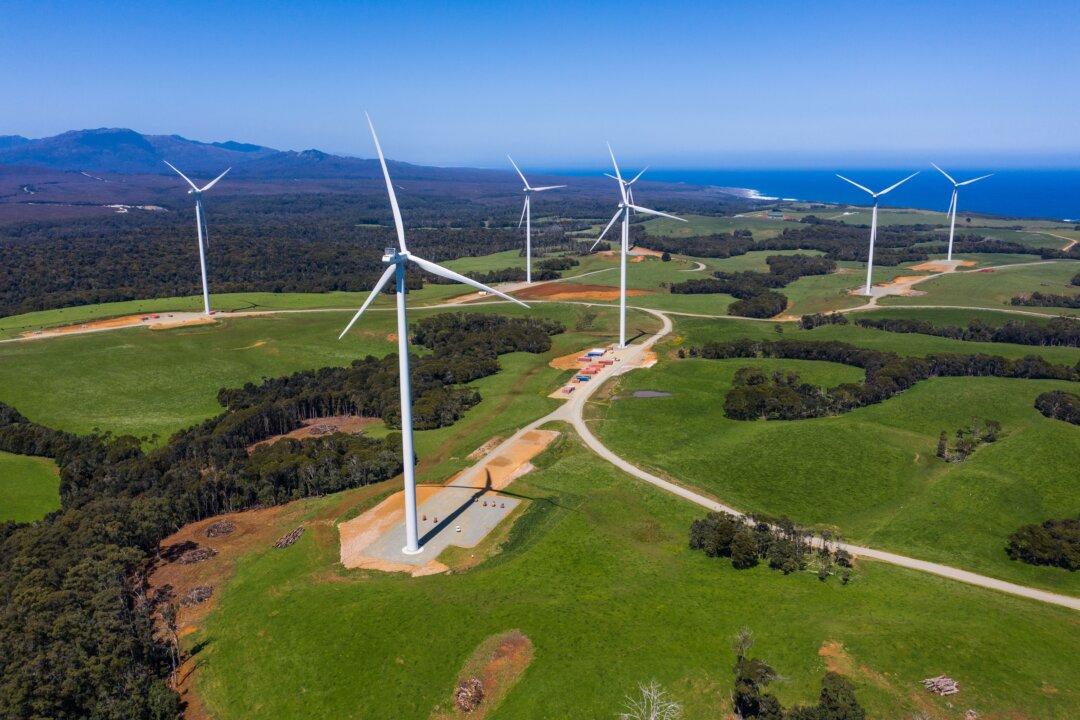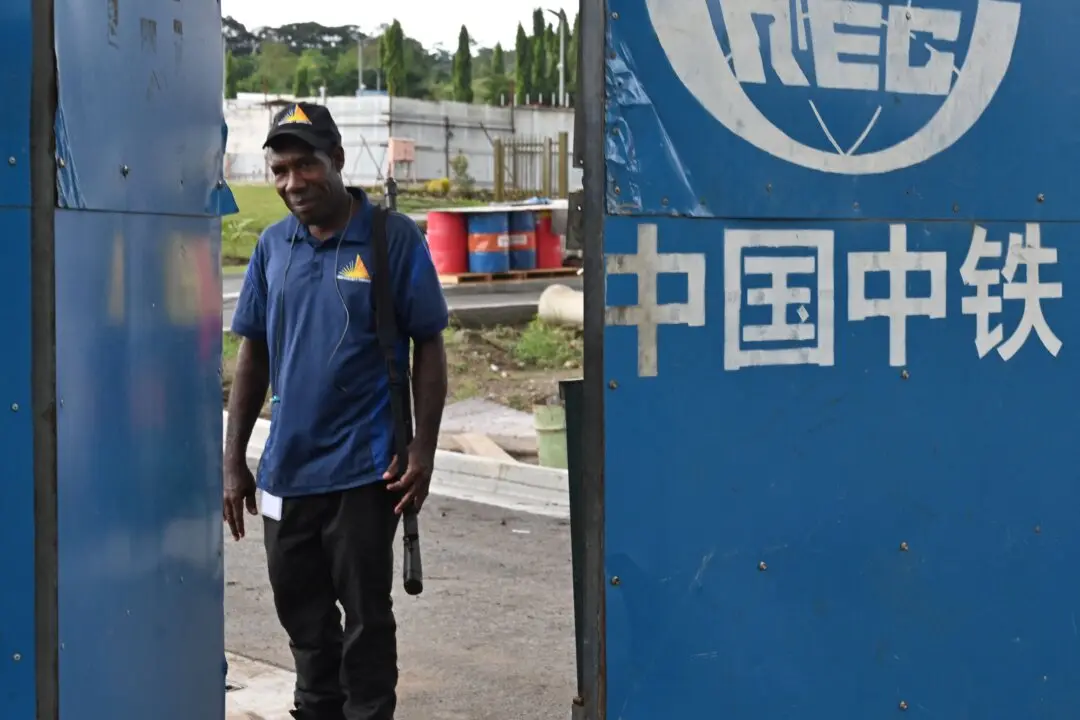Australia is the latest country to join the Global Offshore Wind Alliance, which plans to ramp up the development of the world’s wind power industry.
Together governments and companies aim to create at least 380 gigawatts of global offshore wind capacity by 2030 through knowledge-sharing and opening up new development sites for turbines.





